Macs Adventure is the Tour du Mont Blanc, self-guided experts. We want to make sure that every customer travelling has all their questions answered before they go, so we have put together a compilation of the most frequently asked questions below. If you cannot find the answer to your question below, you can always get in touch with our specialists on hello@macsadventure.com and they will be happy to help.
How fit do I need to be?
The Tour du Mont Blanc is a tough hike with a considerable ascent and descent on each day. The walking days are consistently long and remote, making it a suitable accomplishment for the experienced long-distance hiker. The complete route is around 100 miles – so if you are choosing a tour such as The Complete Tour du Mont Blanc in Comfort it's 10 days of consecutive walking for an average of about 11 miles per day. This is combined with lots of ascent and descent. The terrain is mountainous, rocky and rough underfoot.
The build up to a vacation is often a large part of the experience, and for this hiking trip we do recommend additional exercise so that you can fully enjoy your vacation. Long hikes which involve ups and down are the best, however we appreciate this can’t always be possible, so a gym work out or just long hikes in your local area with a backpack will help. Doing a first, shorter, multi-day trekking holiday is also recommended as it gives very valuable experience. Please do chat to our sales specialists if need more information about how hard and how fit you think you need to be.
For more information take a look at our blog - How Fit Do I Need To Be for the TMB?
Which is the best airport to fly to?
The closest airport is Geneva which is served by flights from throughout Europe and around the world. You can find more details on our blog - Tour du Mont Blanc Travel Guide
How far in advance do I need to book?
We suggest you book as soon as your plans are finalized. This is a very popular hiking area with a short season. You will find up to date availability on our website and we will always try and accommodate your plans.
How do the baggage transfers work?
A great benefit of traveling with Macs is that baggage transfer is included as standard. This means you are able to enjoy the hiking with just your light day backpack.
Our very capable and friendly baggage handlers will take you main piece of luggage to your next overnight destination. These guys move hundreds of bags each day, so therefore they only have scope for one bag at 33 lbs per person.
The Bonatti Refuge and Lac Blanc Refuge are incredible alpine mountain huts which are remote and inaccessible by road. If your chosen tour overnights at either of these refuges then you have to carry your overnight things on these days and you will be reunited with your main bag the following day.
All the ‘complete’ TMB tours overnight at the Bonatti Refuge, and only the ‘complete in huts’ at Lac Blanc and Bonatti.
When is the best time of year?
The season for the Tour du Mont Blanc is from early July to mid-September.
In September, some of the gondolas, chairlifts, funiculars in the area stop running. This means that certain 'short cut' options will not be at your disposal during this month. Those hiking in these months should be prepared to walk the full distances each day.
How to I navigate?
The Tour du Mont Blanc is well waymarked with a combination of signs, arrows and the famous red and white stripes which can be found on tress, rocks, or posts. We supply notes, 2 good quality IGN maps as well as overview maps with the route highlighted.
We also provide you with access to the Macs Adventure App, which you can use to navigate. It has the GPX tracks loaded and it will pinpoint your position as you hike. If you download the tracks prior to departure it will work when out of signal or in ‘airplane’ mode.
You should also polish up on your map and compass skills prior to departing, as weather and visibility can change very quickly in the mountains, and these kinds of skills never go out of fashion!
What personal equipment do I need?
You will need good walking shoes/boots (ideally waterproof), comfortable walking clothes, waterproof jacket and trousers, sleeping sheet, a daypack and hats/gloves etc. We should take trekking poles. A detailed kit list is included in your information pack or you can read more on our blog - What to Pack for the TMB 
Will I need to bring crampons?
There may sometimes be some lying snow at the highest passes (especially at the start or end of the season). This won't normally require specialist equipment like crampons, but we will always keep you informed of any unusual weather conditions. When in doubt about whether to walk or not, contact us for advice.
What is the accommodation like?
We offer the Tour du Mont staying in mountain huts or a more comfortable option of mainly overnighting in hotels. If you choose the more comfortable hotel option then the majority of your nights will be in small alpine hotels and only some nights will be in the mountain huts. When on these more comfortable tours we will endeavor to book you into private rooms in the mountain huts.
What are the Mountain Huts like and will they have electricity/water?
Traditional mountain huts (refuges/rifugios) foster a sense of comradery, mountain culture, and good spirits. You enjoy delicious one pot meals served by the local hut owners, and have the opportunity to eat together with other travelers on long tables. Meal times are often a highlight due to the memories you make when chatting with fellow trekkers exchanging stories from the previous days, and getting excited about future hikes. The can be quite basic, but they do have washing facilities and electricity.
For more info read our blog - What is it like to stay in a mountain hut?
What are the dormitories like?
The beds are set up dormitory style and are either bunk beds or raised mattresses next to each other. The dorm rooms range from sleeping 4 people to 20 people and are mixed gender. The huts have shared and mixed gender restroom facilities. 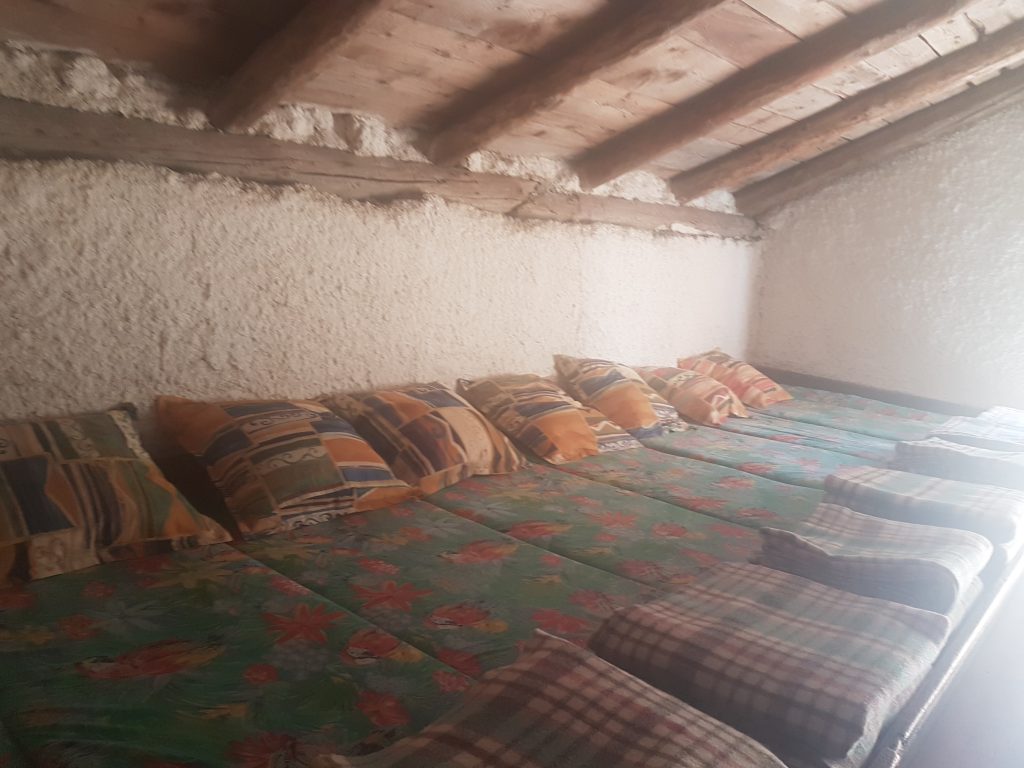 The dorms are simple but comfortable.
The dorms are simple but comfortable.
Do the mountain huts provide bedding?
In mountain huts you will need to bring with you a sheet sleeping bag or sometimes called a sleeping bag liner. Mountain huts provide blankets, so you do not need a sleeping bag, just the sleeping bag liner for hygiene reasons. Pillows are sometimes available at huts. You can also bring a pillow case if you wish. Another good item to bring is a small travel towel for use at the mountain huts. Please do keep in mind that you should try to travel as lightweight as possible.
Is there cell phone coverage?
There is a decent amount of coverage on the trip. There are a few black holes along the way, but you can always make emergency phone calls should you need to.
Is there wifi?
All of your hotels will have wifi. However, up in the Refuges, you will not have access to wifi.
Can I charge my devices in the mountain huts?
The short answer is yes, however, be aware that you will be sharing the huts with many other people who will all want to do the same. Be respectful and be sure to bring a rechargeable battery pack with you.
What happens if you can't walk one day because of the weather?
It is very difficult to add extra nights should you not be able to walk one day. We provide a list of alternative transport should you not be able to walk and you would simply skip that day's walking.
What is the food like?
All breakfasts and most dinners are included. The food in the mountain huts is usually a hearty one-pot wonder. The perfect meal after a long day hiking on the alpine trails. In the towns you should try some of the local tradition and classic foods. These include Raclette - A type of melted cheese that is enjoyed with potatoes, cucumbers, pickled onions and cured meats. Delicious! Or a tasty tartiflette, which is Reblochon cheese melted over a mixture of potatoes, onions, bacon and chives. It is the epitome of alpine comfort food. Local wines are usually well priced and plentiful.
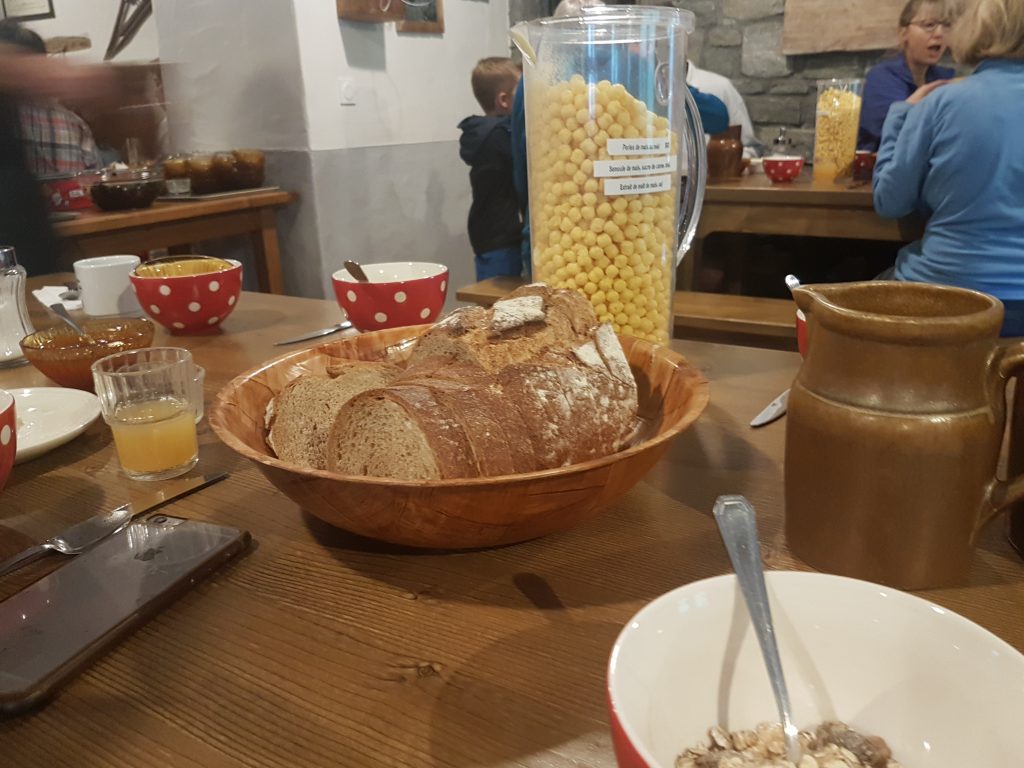 Typical breakfast in a mountain refuge
Typical breakfast in a mountain refuge
What do I do about lunches?
Packed lunches can easily be purchased from the mountain hut or hotel – just remember to order it the night before. In the larger towns, you will be able to access shops before you head on the trail, and it's a good idea to stock up on trail snacks.
Can I drink water from streams?
We would suggest you fill up your water bottle from your hotel or hut (or you can, of course, buy bottled water in towns). Do look out for "eau potable" signs around the trail which are not infrequent and indicate drinking water (if it says "eau non-potable", however, avoid!)
Where can I find information on bus transfers?
All of this information is contained in your information pack which you will receive prior to your departure.
Are there any sections with sheer drops?
There is a 5 rung ladder just above Chamonix, which is a little steep. This is the only section with ladders, but there are ways around should you not be comfortable with heights.
How safe are the baggage transfers?
They are incredibly safe. We work closely with the baggage handlers and fully trust them. However, it is not recommended to pack breakables as they cannot guarantee they will arrive in one piece.  Having your luggage transferred means pack free walking
Having your luggage transferred means pack free walking
Where on the trail can I access a bathroom?
Restaurants and Gondola stops all have bathrooms and will allow you access to them. If you are not walking past any of these, it is permissible to pop behind a bush!
Are there ATMs?
Yes, there are ATMs / cash machines at Geneva airport and bigger towns like Chamonix & Les Houches. Do take cash in Euros to mountain huts as most don't accept cards, and take some Swiss Francs for the Swiss sections.
Should we tip people on this trip?
It is not necessary to tip at restaurants and bars. However, should you feel that you would like to tip, 10% is a good starting point.
Can I wash my clothes on the trip?
Only in Courmayeur and Chamonix will you be able to access launderettes.
If you have any questions about our tours get in touch with our specialists on hello@macsadventure.com







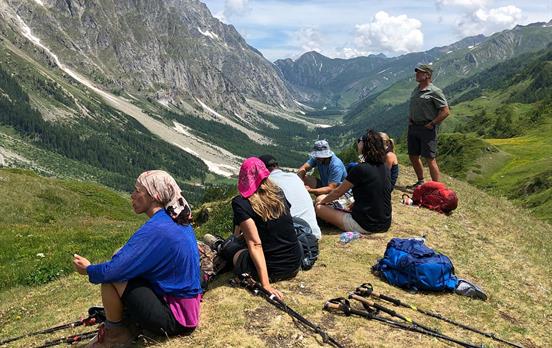
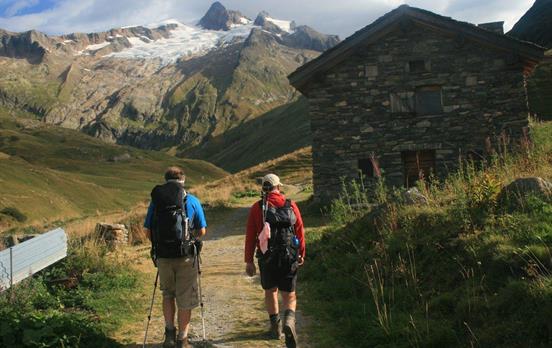
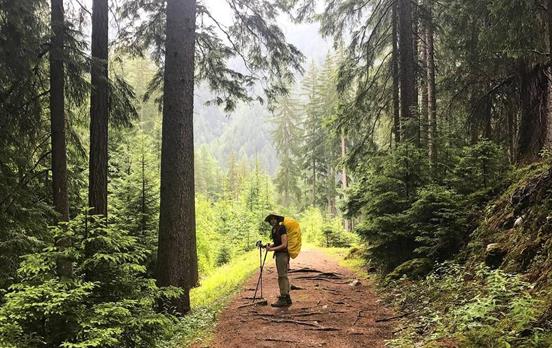
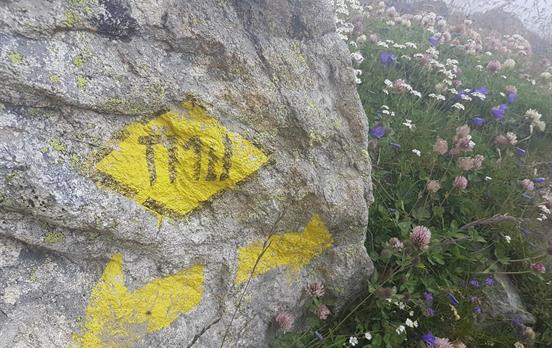
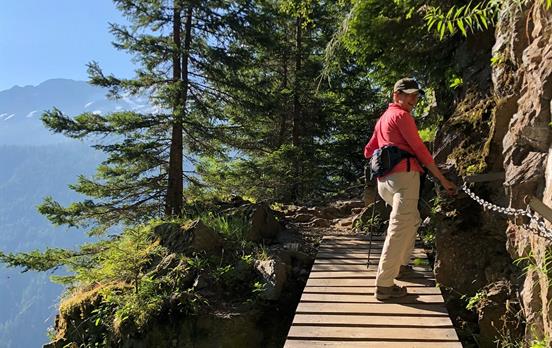
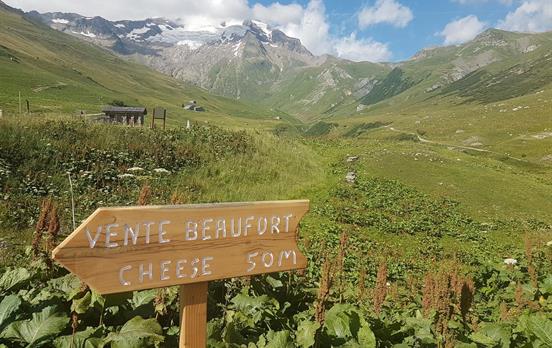
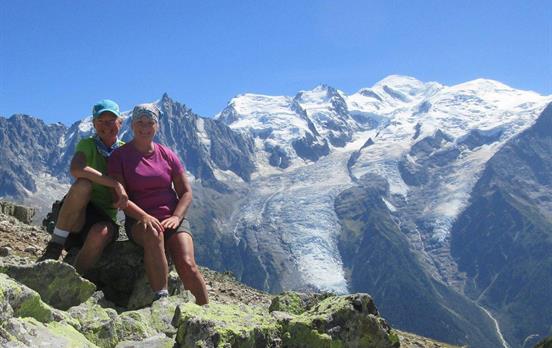

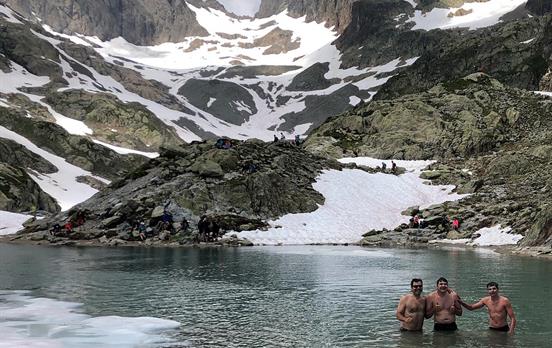
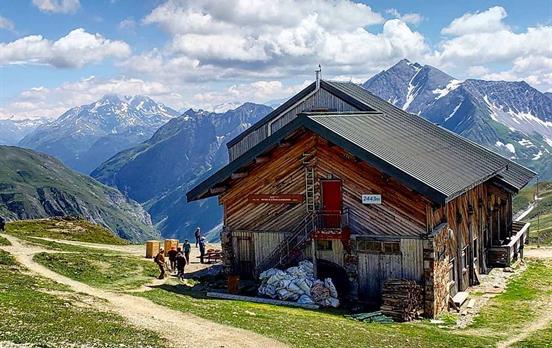
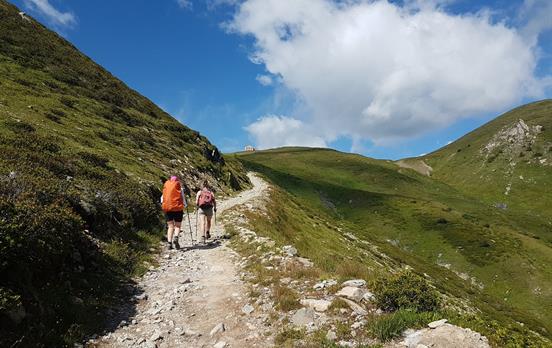

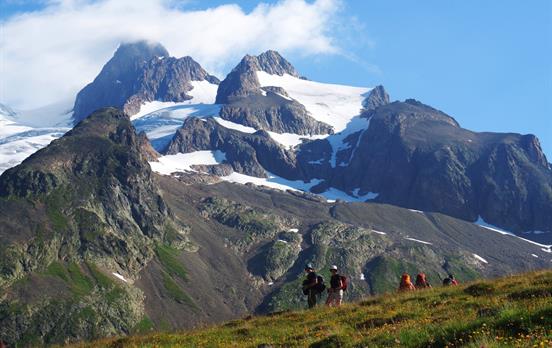
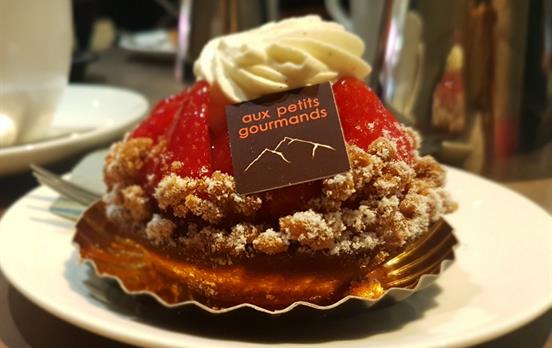
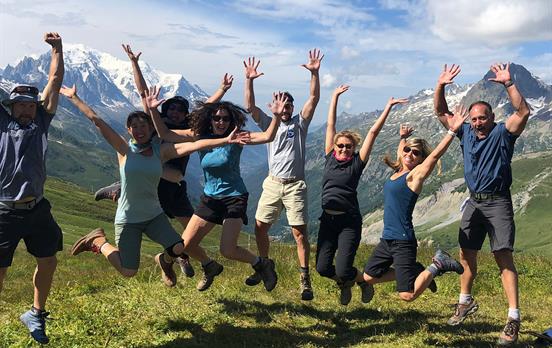
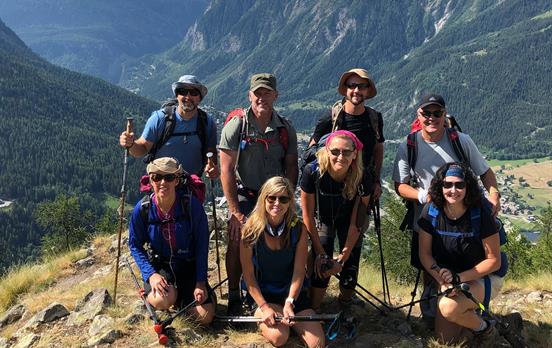
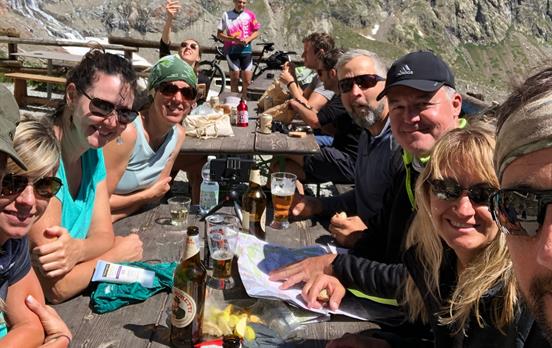


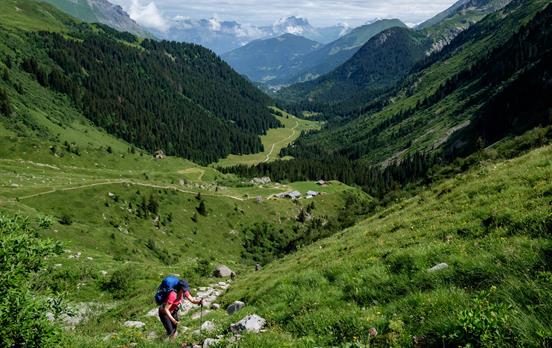


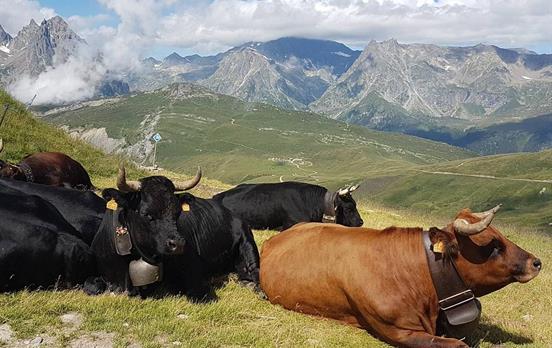
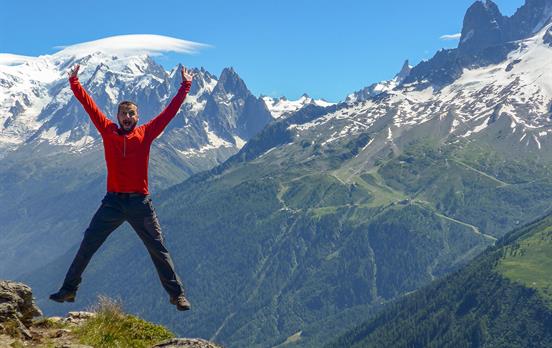
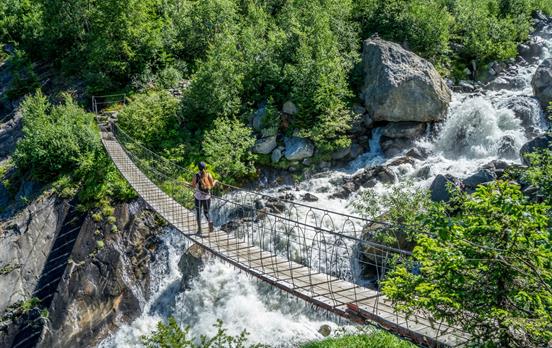
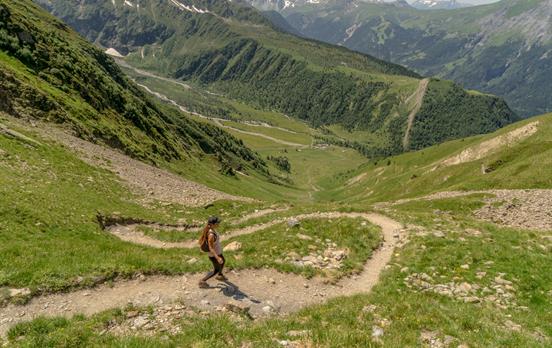





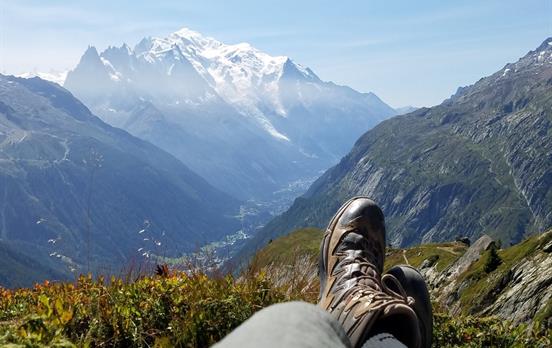
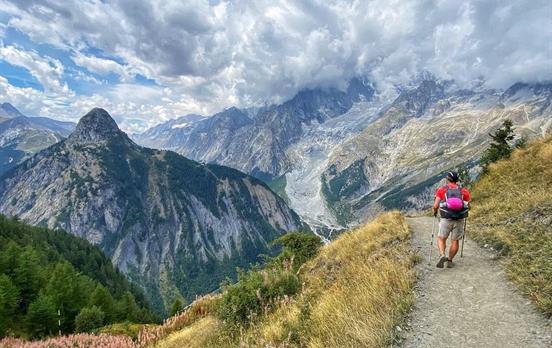
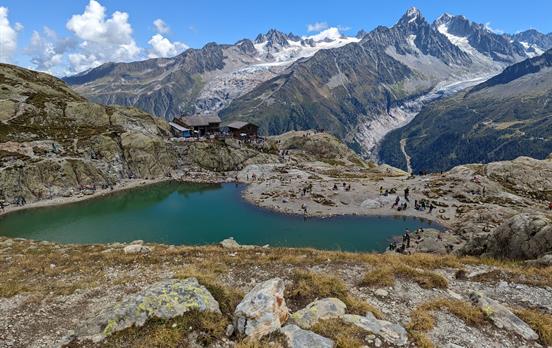
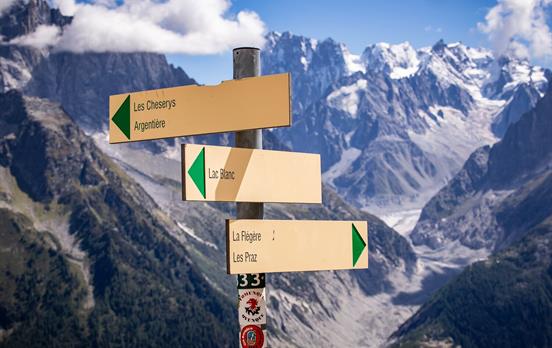


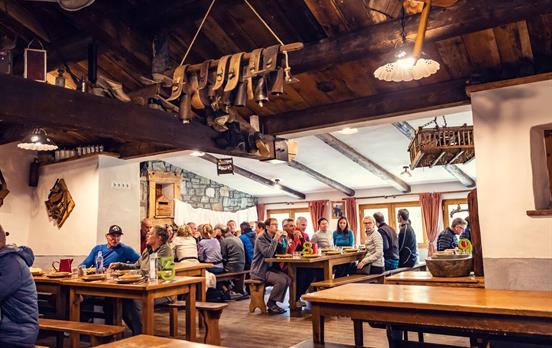

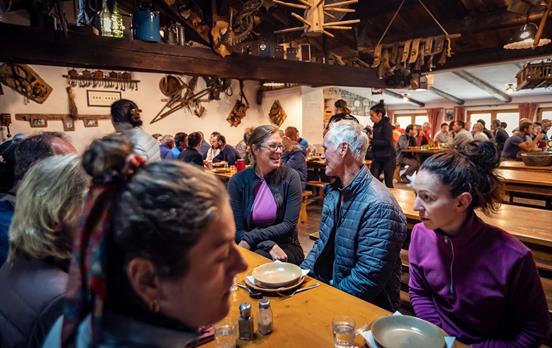
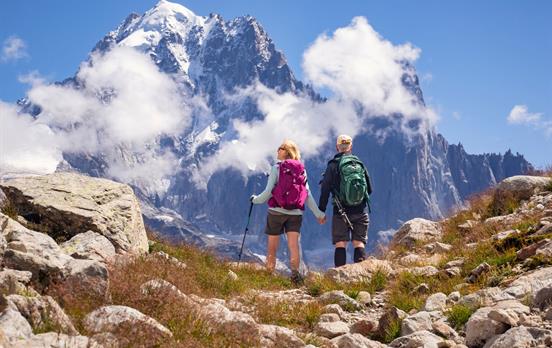


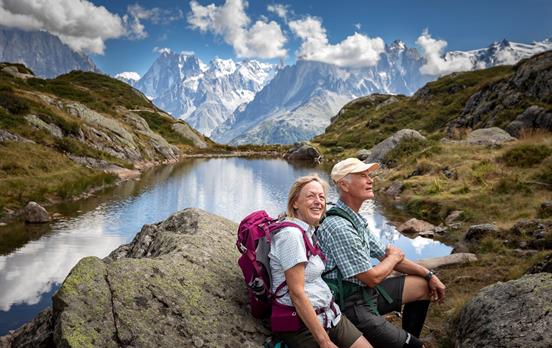
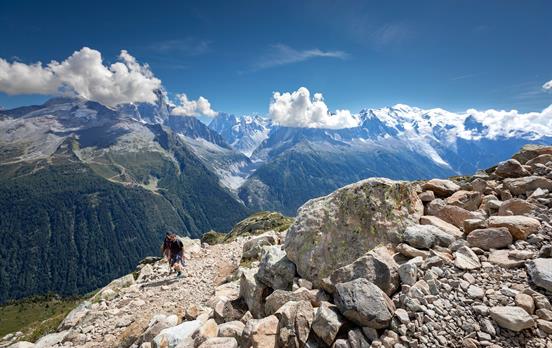
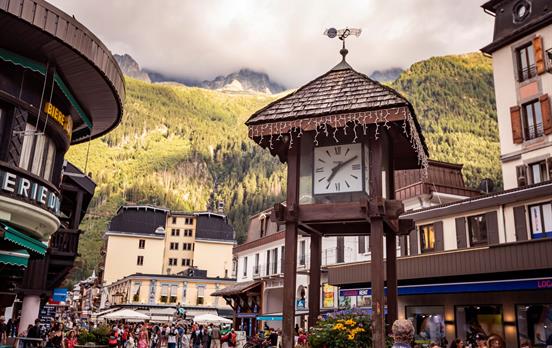
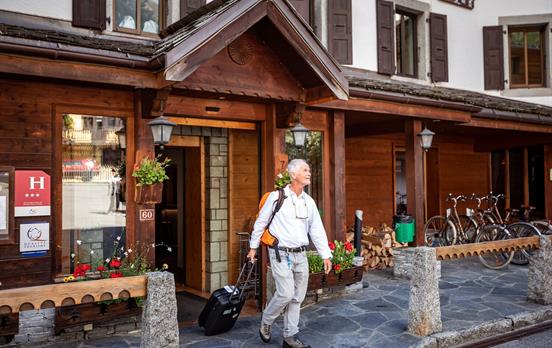
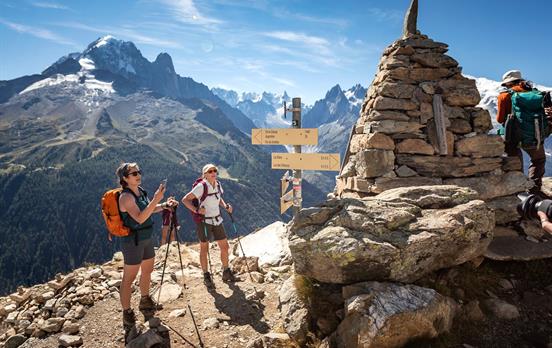
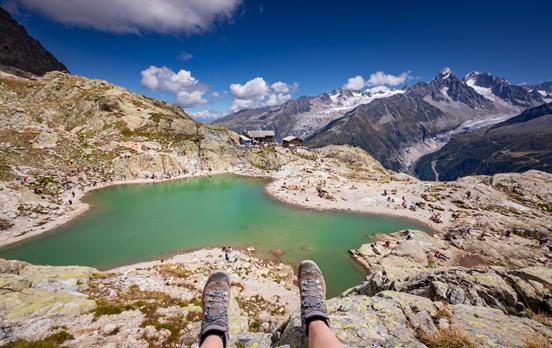
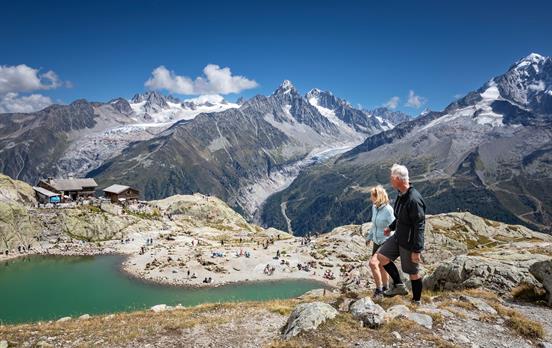


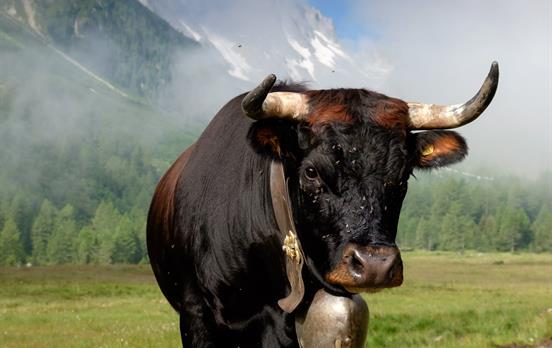

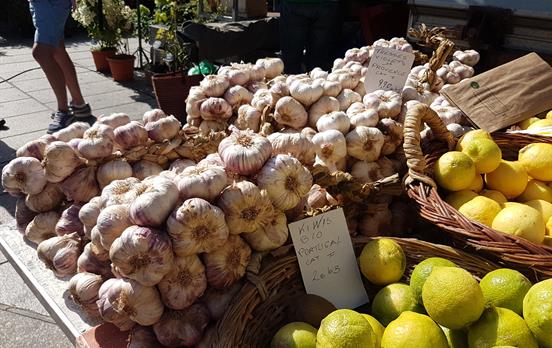
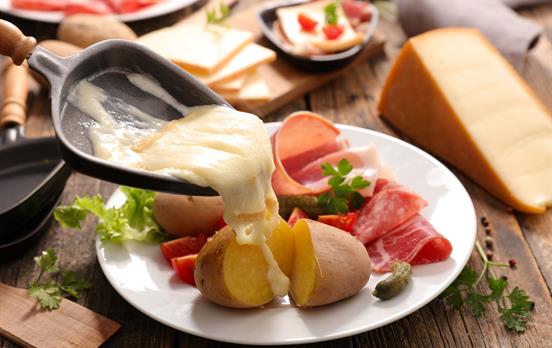
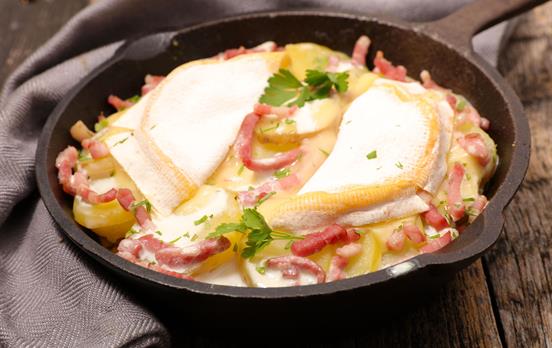

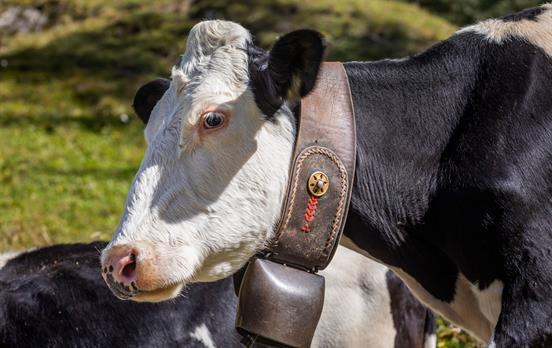
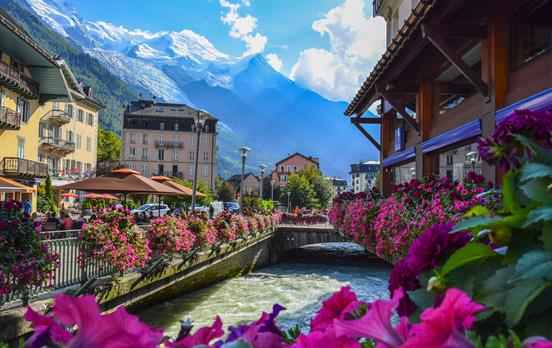



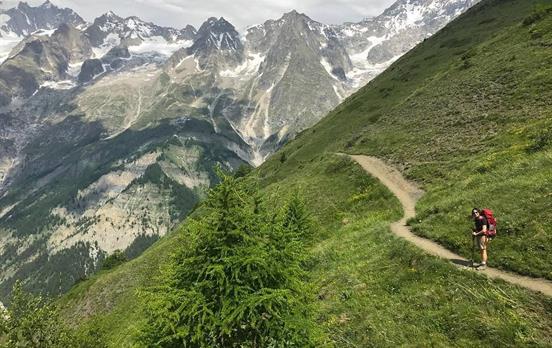
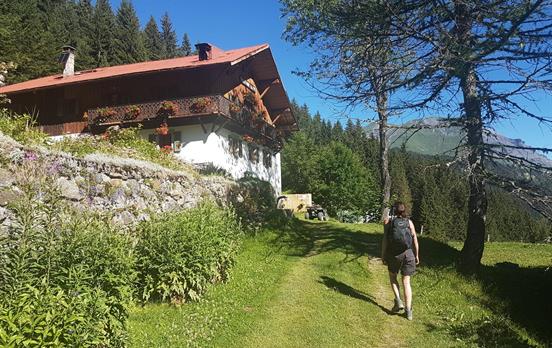
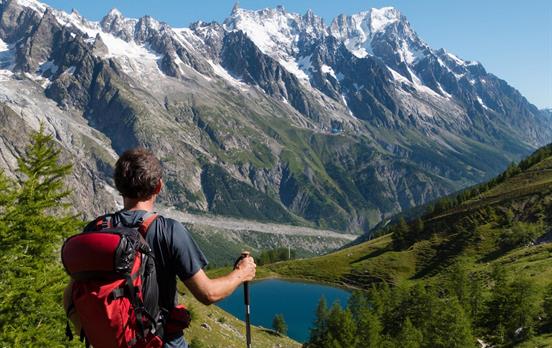

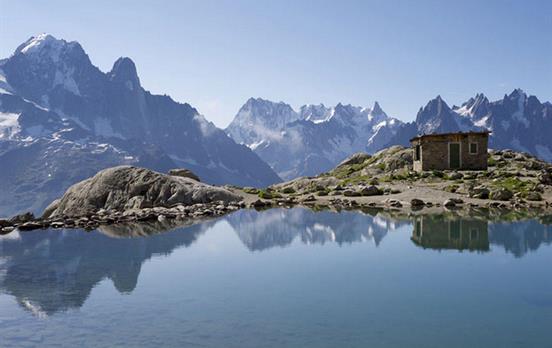

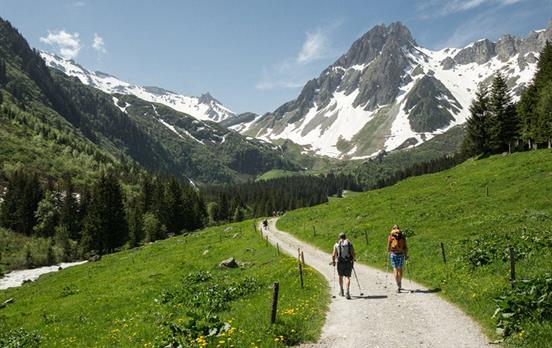

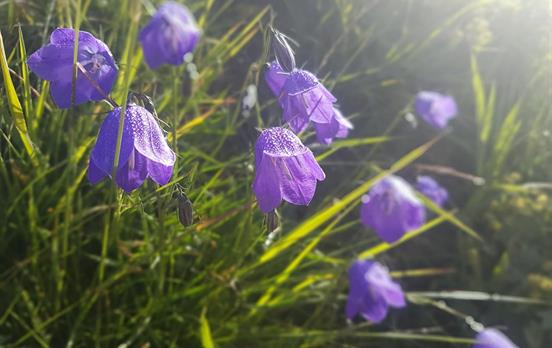


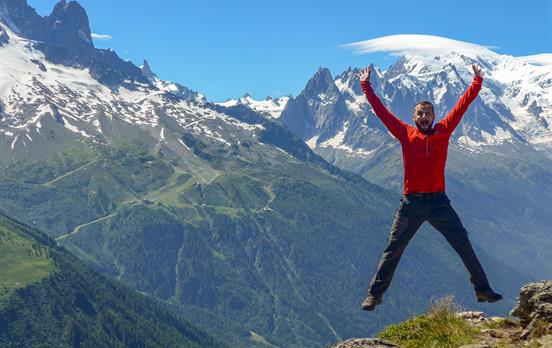
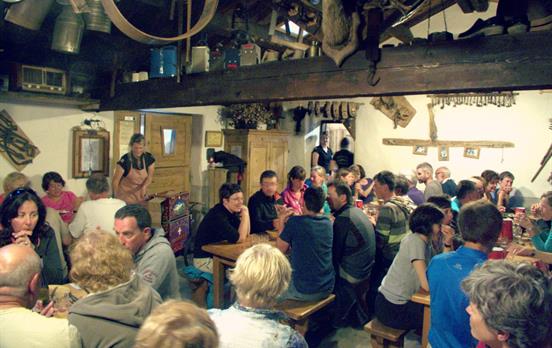

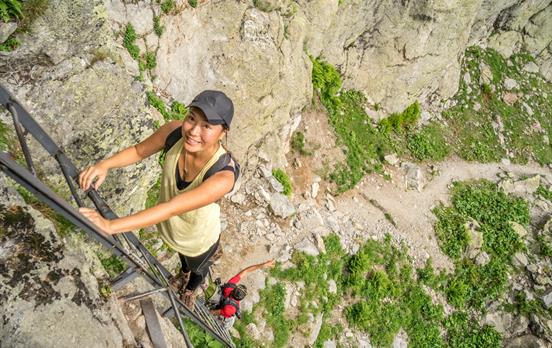
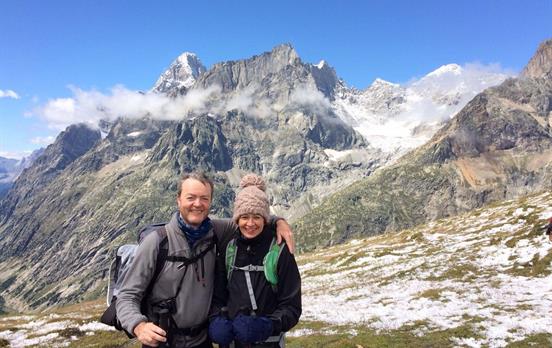

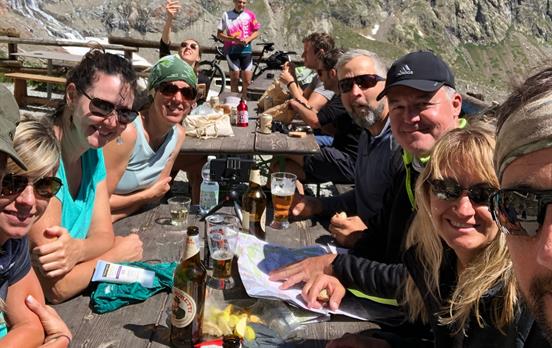
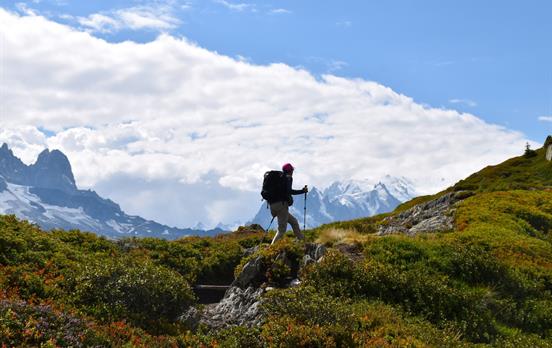

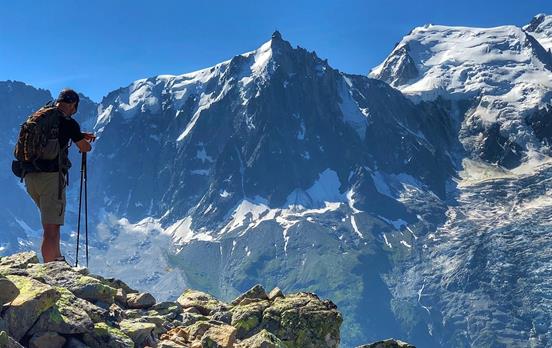



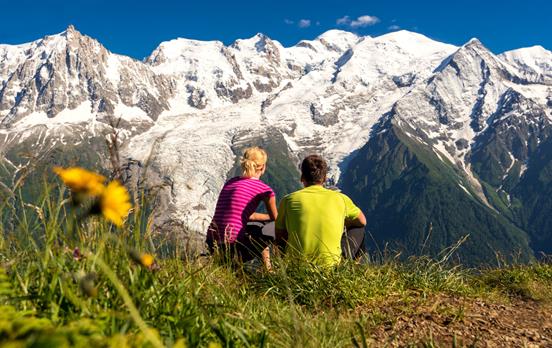


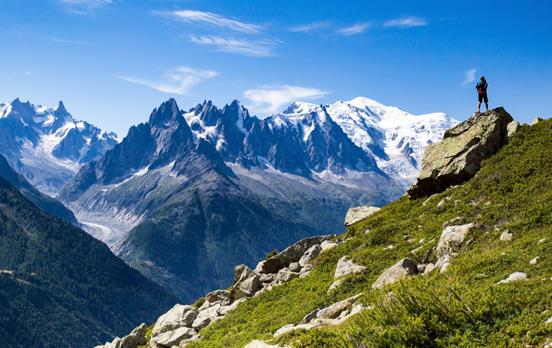
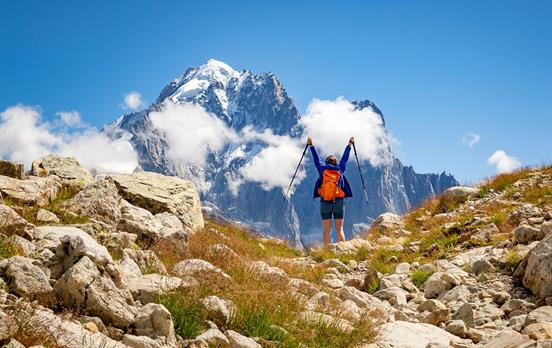




 Canada
Canada